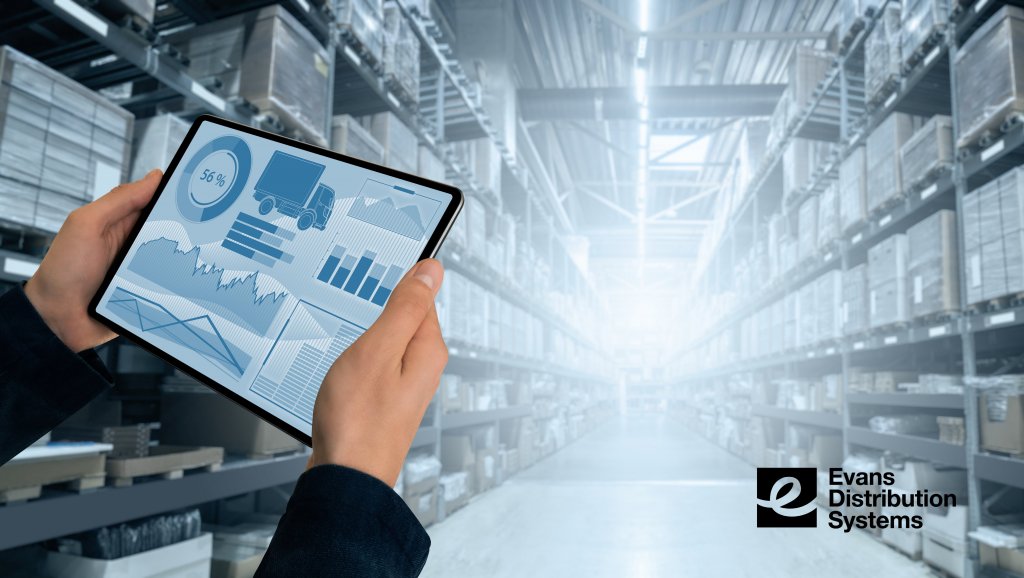
The internet of things, or IoT, encompasses interrelated, internet-connected objects that allow data to be collected and transferred over a network without human interaction. In a warehouse, these “objects” can include sensors for warehouse machinery and temperature, RFID tags for goods, wearables for employees, automated robots, and warehouse management systems. In addition to the meaningful data on the physical warehouse space, IoT can acquire previously unexploited data points on inventory.
Warehouses are no longer just storage facilities. Businesses have been increasingly enabling IoT in the warehouse to improve operational efficiency, enhance decision making, better the customer service, and increase the value of the business. The internet of things is essentially a limitless concept. If you are still on the fence about implementing IoT in your warehouse, here are a few of the benefits to consider.
Real-time Tracking of Products
IoT lets managers track the movement of products as it occurs, so the location is always known. Real-time tracking reduces the risk of loss as misplaced products can be easily located.
Improved Optimization of Warehouse Space
Position and movement data about inventory can also show whether warehouse space is being used efficiently. Managers can identify if the most recalled inventory is placed in a way that pick time is minimized and delivery can be as quick as possible. Managers can also see if there is unused space.
Enhanced Transparency and Visibility
IoT allows warehouse managers to know what is happening on the floor at all times. Managers can track the productivity of employees and performance of equipment and measure KPIs for continuous improvement of operations. In addition, inventory visibility helps managers make decisions about stock levels.
Predictive Maintenance
IoT can help maintain the quality of goods in the warehouse. It allows managers to monitor temperature and other weather-related factors. The performance and condition of warehouse equipment such as forklifts and conveyor belts can be monitored as well. IoT can be used to predict equipment maintenance and/or sudden dramatic changes in temperature.
Increased Employee Productivity
Employees are able to focus on more complex work as IoT can be used for repetitive tasks. In addition, IoT can collect and show important safety data allowing managers to make changes to the warehouse environment or the functions of robots. In doing so, employees are safer, happier, and more productive.
Businesses that take full advantage of the data gathered by the internet of things will thrive in the future. IoT increases the performance and efficiency of a business as well as the entire supply chain. Incorporating IoT in your warehouse will help you achieve a significant competitive advantage.
